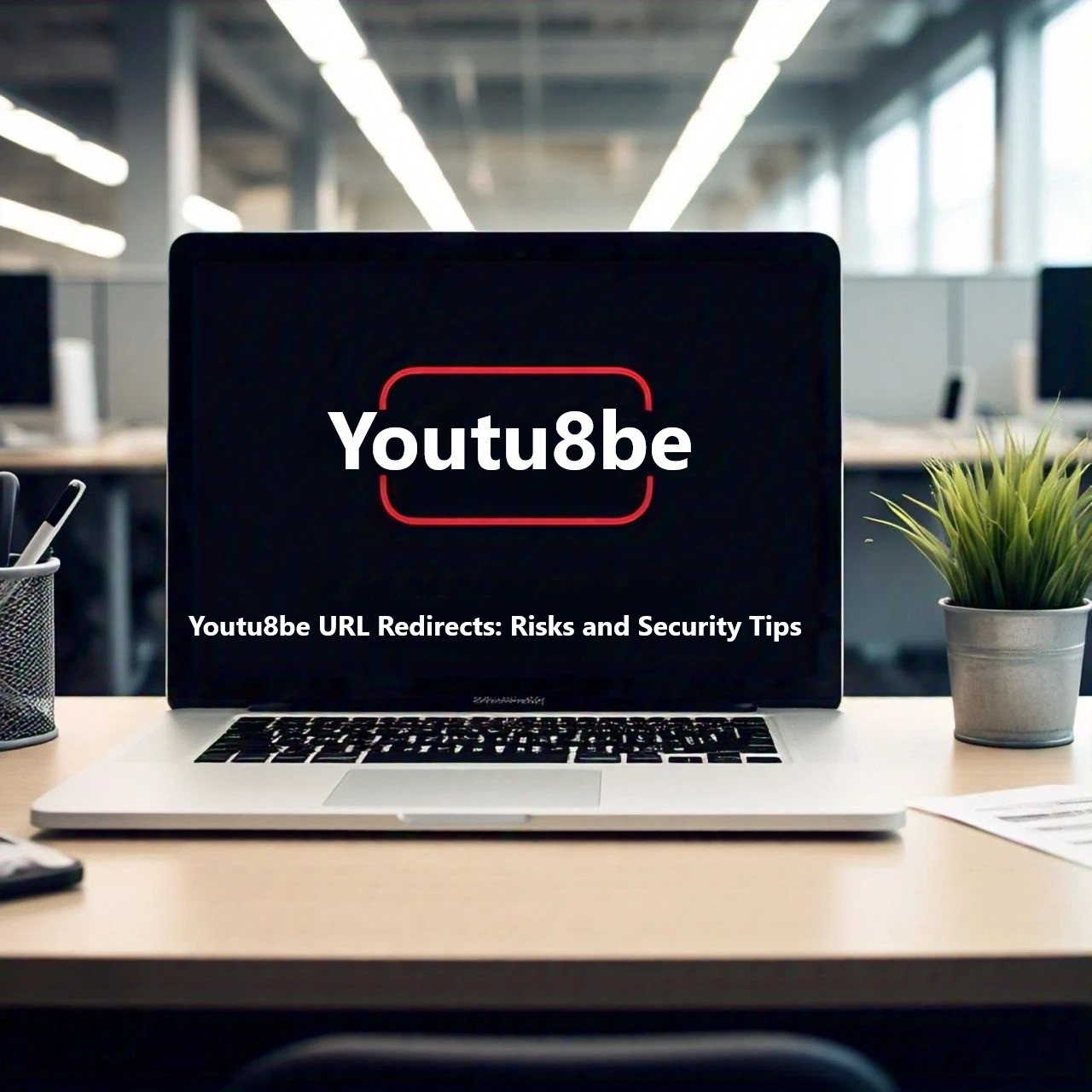URLs are the guts of our online navigations during this digital era. However, little mistakes when keying them in can take a user to unintended targets, for instance “Youtu8be” instead of “YouTube”. Sometimes these types of errors result into URL redirects which could even expose users’ security risks, privacy breaches and financial loses. This article will explore the potential dangers of Youtu8be URL redirects and provide practical security tips to safeguard your online experience.
What Exactly Are URL Redirects?
A URL redirect is when you click on a link or type in a web address that takes you somewhere different from where you intended to go. Some types of legitimate uses for redirects include:
- Marketing: When rebranding forces users to move from one old website on another new one.
- URL Shortening: To easily share a web page without being able to remember its full address.
- Server Changes: The traffic is redirected when changing a website’s domain name.
On the other hand, sometimes malicious actors exploit these redirects by using them as means to deceive users, steal sensitive information or distribute malware.
The Problems with Youtu8be URL Redirects
Youtu8be is a common misspelling of YouTube, one of the most visited websites in the world. Cyber criminals exploit such typos to create phishing or malicious webpages. Here’s how:
- Phishing Attacks: Users who wrongly type “YouTube” as “Youtu8be” may be redirected to fake login pages where their personal information can be stolen. These types of phishing sites are typically designed in a way that makes them indistinguishable from the real YouTube.
- Malware Distribution: When URLs are mistyped and users visit different websites, these websites might automatically download malware onto their gadgets. Such malware collect data, monitor online activities and sometimes encrypt your files for ransom.
- Ad Fraud: Sometimes when you are redirected, it could lead to pages full of ads that can generate revenue for cybercriminals through false clicks.
- Privacy Risks: In some cases, users will find themselves at pages which without consent collect personal details like IP addresses, browser specifics, and even location data.
Real-Life Examples of Malicious Redirects
- Typosquatting: This refers to registering domains with slightly different names from popular website names (e.g., “Youtu8be” rather than “YouTube”) so that unsuspecting people fall into such traps set by hackers.
- Clickjacking: These redirects send a user’s browsers to pages where invisible buttons perform commands not requested by the user like sharing all their private details or signing up for subscriptions.
- Credential Theft: Theft of identity information could take place due to the use of fake login pages. This gives cybercriminals the opportunity to launch further attacks.
Tips on How to Protect Yourself from URL Redirect Risks
URL redirects are not always bad, but users need to be careful. Here is what you should do:
- Check Website Address Again: Be sure to type a web address correctly or bookmark it for quick access.
- Link Previews Allowed: Hover your mouse cursor over any link before clicking to see where it directs. Such links may lead you to different suspicious websites with unknown URLs.
- Make Use of Safe Connections: See that there is a padlock sign in the address bar indicating an HTTPS website. It doesn’t solve everything, but adds more protection.
- Get Anti-Phishing Tools Installed: Some browser extensions and antivirus programs have built-in anti-phishing shields for identifying and blocking malicious sites.
- Learn about Deceptive Sites: Get familiar with how phishing emails look like and websites that deceive you by using incorrect grammar, strange URLs or odd branding patterns.
- Flag Suspicious Websites: If this happens, report the site through your browser or any cyber security agency near you who would help save someone else from a similar threat.
- Turn on Multi-Factor Authentication (MFA): Use MFA to make your accounts safer. Even if your login details get stolen, MFA can add an extra layer of security.
- Erase Browser Cache and Cookies: By doing this regularly, you will avoid being tracked and redirected to unwanted pages.
- Use a Reliable Search Engine: Google for example flags potentially dangerous sites making it safe.
- Do Not Click on Unfamiliar Links: By all means do not click on links that you receive from unknown people especially unsolicited emails or messages.
What To Do If You Are A Victim Of Redirect Scam
If you feel that you have been redirected to a malicious website:
- Close the Browser Tab: Close/quit the browser tab so as not to interact further.
- Scan Your Device: Scan your device for any malware or malicious files using antivirus programs.
- Change Your Passwords: In case you entered any passwords on this page, change them immediately.
- Monitor Financial Accounts: Check bank and credit card statements to confirm no unauthorized transactions have taken place.
- Report the Incident: Inform your web browser, email provider or cyber security organization about the fake site.
FAQs About Youtu8be URL Redirects
Q1: What is Youtu8be?
A1: Youtu8be is a common misspelling for “YouTube”. There are times when hackers take advantage of such errors in order to set up malevolent redirects.
Q2: Are all URL redirects dangerous?
A2: No, many of them are just and practically helpful. Nevertheless, there can be malicious redirects that may result in security breaches.
Q3: How do I know if a website is a phishing site?
A3: Find the odd URLs, incorrect usage of language and not matching with the other brands. Legitimate sites generally use HTTPS at the start of their addressses.
Q4: What should I do if I suspect a redirect is malicious?
A4: Do not engage with it, close down your tab and scan your device for viruses afterwards.
Q5: Can antivirus software prevent malicious redirects?
A5: Yes, numerous antiviruses have built-in features to help you recognize or block dubious web pages.
Q6: How can I report a malicious site?
A6: Utilize this function in your browser or inform cyber security companies like Google Safe Browsing.
Q7: What is typosquatting?
A7: Typosquatting is the practice of registering misspellings of frequently visited websites in order to trick users.
Q8: Can HTTPS sites be malicious?
A8: Definitely, though HTTPS boosts safety precautions but does not affirm credibility of any webpage. Double check its genuineness before anything else.
Concluding remarks
Users get exposed to severe dangers through URL redirects, particularly from typos such as “Youtu8be”. As a result, by maintaining alertness, using the above tips and educating oneself concerning online threats, one can move on the web in a safe manner. It’s important to note that taking a few seconds more before jumping into something may save you hours of possible trouble.



